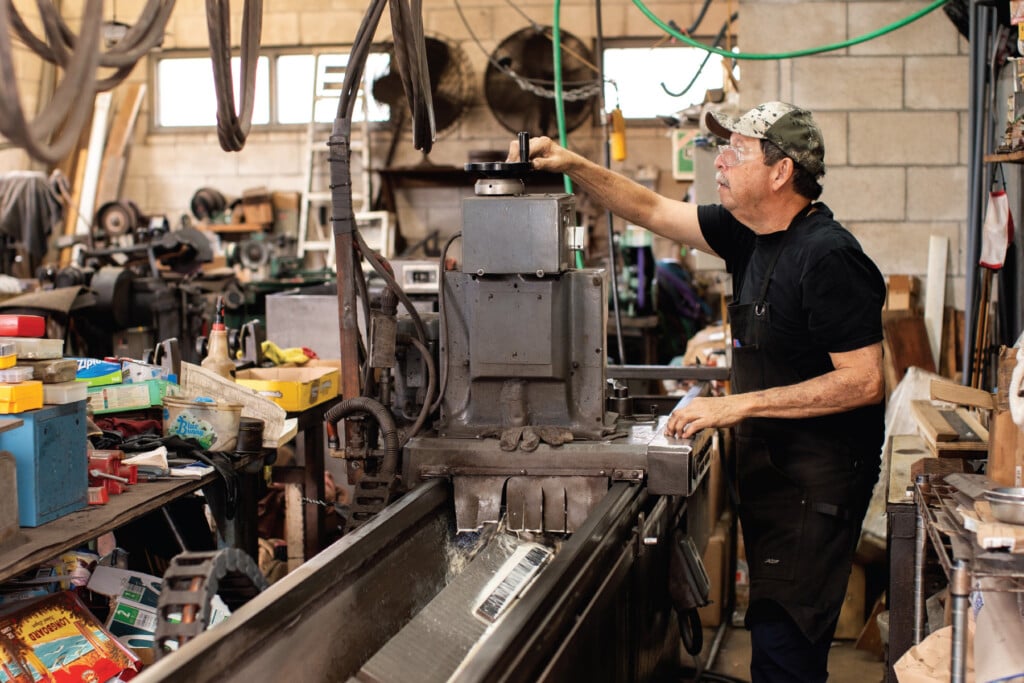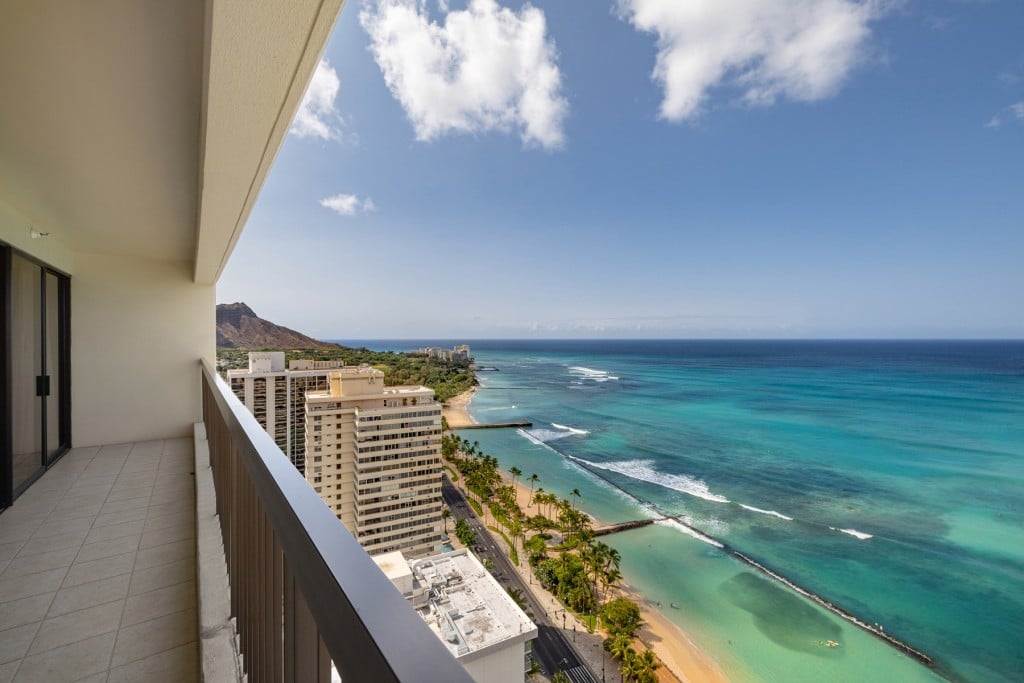My Job Is Overseeing Design and Construction of Honolulu Rail
Matthew Scanlon took on a bear of a project, but he says it will transform O‘ahu and make travel so much easier.
Name: Matthew Scanlon
Age: 50
Job: Director of Design and Construction for Honolulu Authority for Rapid Transportation
Beginnings: Matthew Scanlon says he grew up in Pittsburgh – “a very transit and railroad-centric town.” And though his career has taken twists and turns, he has been involved with transportation and rail projects throughout.
After receiving his civil engineering degree from the University of Utah, he “was doing these 30-year studies” of roadway conditions and “felt like I wasn’t ever getting to see my work actually built.”
He says he wanted a change, so he worked as a transportation engineer in Salt Lake City in 2001, having “the good fortune of being there” when the Utah Transit Authority worked on a massive expansion in preparation of the city hosting the 2002 Winter Olympics.
“It seemed more exciting than just standard DOT (Department of Transportation) roadway projects,” says Scanlon.
Hawai’i Journey: He first came to the Islands on vacation in 2001. “I was so close to being one of those people … (who) just don’t get back on the plane,” Scanlon says.
He eventually moved to Hawai‘i in 2012 after getting a job at HART and was a project manager for the Kamehameha Highway guideway until 2015.
He left to work for the San Mateo County Transit District in California, but rejoined HART as director of design and construction last year. He says he liked what Lori Kahikina, HART’s executive director, was doing to turn around the program and organization.
“Lori is a tried-and-true public servant. She believes in being a staunch advocate-defender of the public tax dollars that we’re spending and using.”
Problem-Solving: Scanlon says his current role has a “greater level of responsibility, but it’s also an opportunity to really help with decision making that is in the best interest of the project.”
When he was a project manager, Scanlon “struggled seeing some of the decisions and the messaging” that people in his current role were making. He longed for an opportunity to “do it right” and make honest decisions.
Now, as director of design and construction, Scanlon is responsible for construction management, schedules, the budget and quality of oversight of the construction management teams, and more.
Typical Days: Scanlon does not work 9 to 5. He says the job is unpredictable, and his schedule almost always changes and involves a lot of “around the clock” problem-solving.
He spends most of his days in the office but also visits construction sites, often at night because that’s when most crews work.
Challenges: “I feel like all of us understand that we’ve signed on for a job where our brand is damaged,” says Scanlon. “A lot of the problems that we are currently solving, unfortunately, we inherited from previous management.”
Previously, he says, there was not really a “focused leadership and management group” making the right decisions. But he believes that past management “have always had the best intentions” and that nobody was “trying to really do anything nefarious.”
The embattled rail project has faced criticism over the years for being over budget and behind schedule. Hawaii Business Magazine did an in-depth report last year on how rail got to $12.45 billion and 11 years late.
Latest Issues: To cut costs, HART’s board of directors approved a plan this year that would end the rail line at Halekauwila and South streets in Kaka‘ako, instead of Ala Moana Center.
Another problem is cracks in columns along the rail line that feature hammerhead shark designs, according to Scanlon.
Scanlon acknowledges HART’s public image hasn’t been great for a while, “but we all believe in the project,” and adds the agency is working to regain public trust.
HART began trial runs for the system’s first 10 miles this year, which stretches from East Kapolei to Aloha Stadium.
Rail’s Advantages: Scanlon has seen firsthand how rail projects benefit the community. When he worked in San Francisco, he used the train more than his car because he lived near a station. If he wanted to go to town, he never drove his car because “you’d get your window broken out up there.”
“(Rail) is going to give people the opportunity to stay here that might otherwise have to leave the island because of the cost of living,” he says.
Scanlon cites the concept of mobility hubs and how younger generations will have the opportunity to live near transit stations and “not have to be so dependent on their cars and sitting in traffic for more hours a day than they need to.”
“It just excites me … seeing the transformative nature of this project and what it’ll mean to Hawai‘i and the livability of neighborhoods that right now are only accessible by a long daily grind in a car.”





